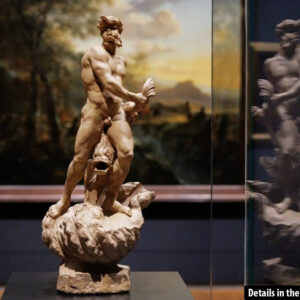The ancient world is rich with extraordinary works of art, but few have captured the imagination of historians and art lovers like the Boxer at Rest. This magnificent bronze sculpture, discovered in Rome in the late 19th century, remains one of the most iconic and realistic representations of athleticism from the Hellenistic period. Known for its lifelike details and the raw emotion it conveys, the Boxer at Rest offers a window into the world of ancient Greek athletics, the art of bronze sculpture, and the enduring legacy of the Hellenistic era. In this article, we will explore the fascinating history of the sculpture, its artistic and cultural significance, and the mysteries that continue to surround it.
The Discovery of the Boxer at Rest
In 1885, an unexpected discovery was made on the south side of Quirinal Hill in Rome, near the Baths of Constantine. During an excavation, archaeologists uncovered a remarkable bronze statue that would come to be known as the Boxer at Rest.
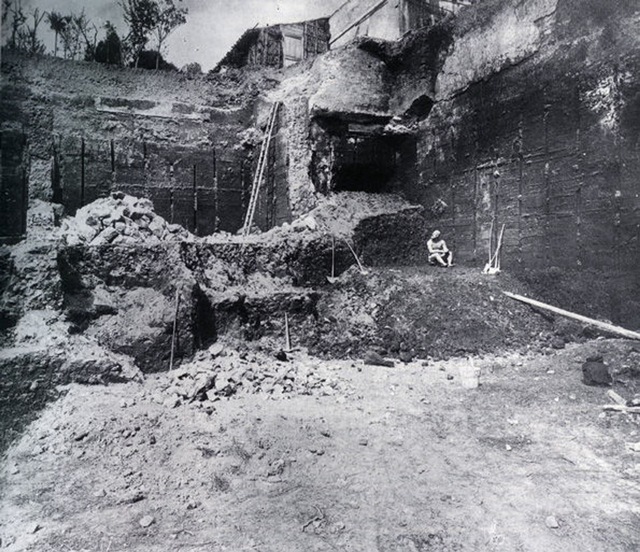
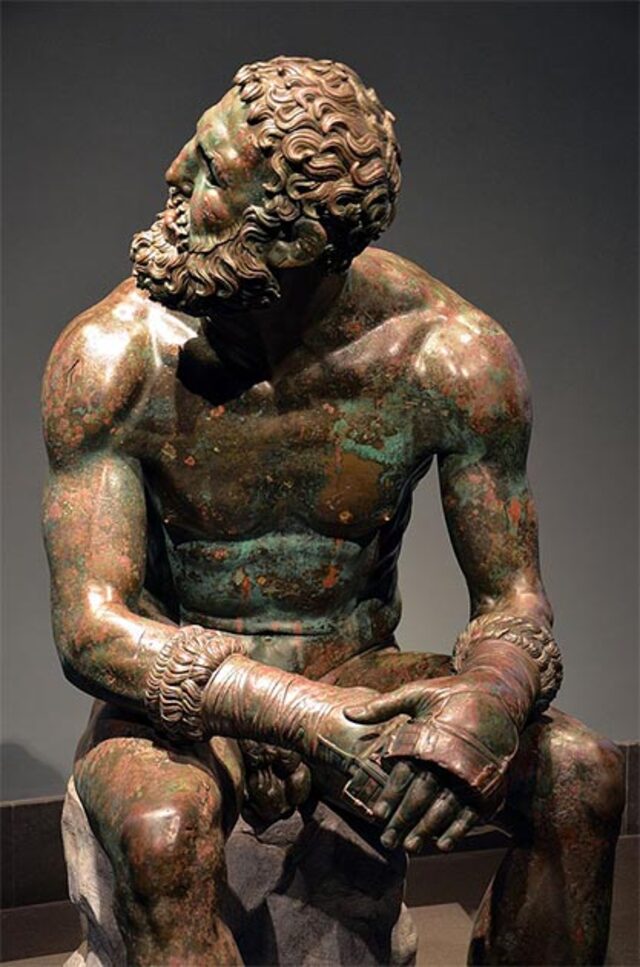
The statue was carefully deposited in the foundation of an ancient building, and its condition was remarkably well-preserved. It depicted a boxer in a seated position, his arms resting on his knees, his body battered from a recent fight. When it emerged from the earth, it stunned those present, including renowned Italian archaeologist Rodolfo Lanciani, who later described the moment as one of the most extraordinary of his career. He noted that the statue seemed as though it were awakening from a long slumber, providing a poignant connection to the past.
The Boxer at Rest was not only significant for its artistic value but also for the rarity of bronze sculptures from the Hellenistic period. Bronze sculptures, particularly large-scale works, were often melted down and repurposed, making surviving examples exceedingly rare. The discovery of such a piece was, therefore, a remarkable event in the field of archaeology.
Video
Tune into this video to learn about the Apollonius, Seated Boxer statue, a stunning example of ancient Greek art and its significance in the world of classical sculpture.
The Boxer at Rest and its Artistic Context within Hellenistic Sculpture
The Boxer at Rest is one of the most iconic Hellenistic bronze sculptures, showcasing dynamic realism and emotional depth. The artist’s use of copper inlays to represent blood and bruises, such as the blood dripping from the boxer’s face, highlights the Hellenistic focus on physical realism and intensity. This technique is seen in other Hellenistic masterpieces, like the Horse and Jockey from Artemision, where inlaid copper enhances the realism of the scene and conveys the victory of the jockey.
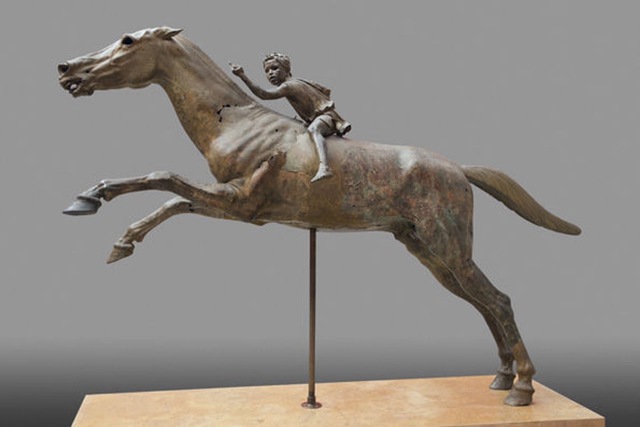
Another sculpture from this period, the Hellenistic Prince (or Seleucid Prince), shares similar stylistic traits with the Boxer at Rest. Though the themes differ, both sculptures emphasize realism and dynamic posture, reflecting the Hellenistic departure from the idealized forms of classical Greek art. The naturalistic details and emotional expression in both works highlight the period’s focus on capturing the complexity of human experience, whether through the struggles of an athlete or the poise of royalty.
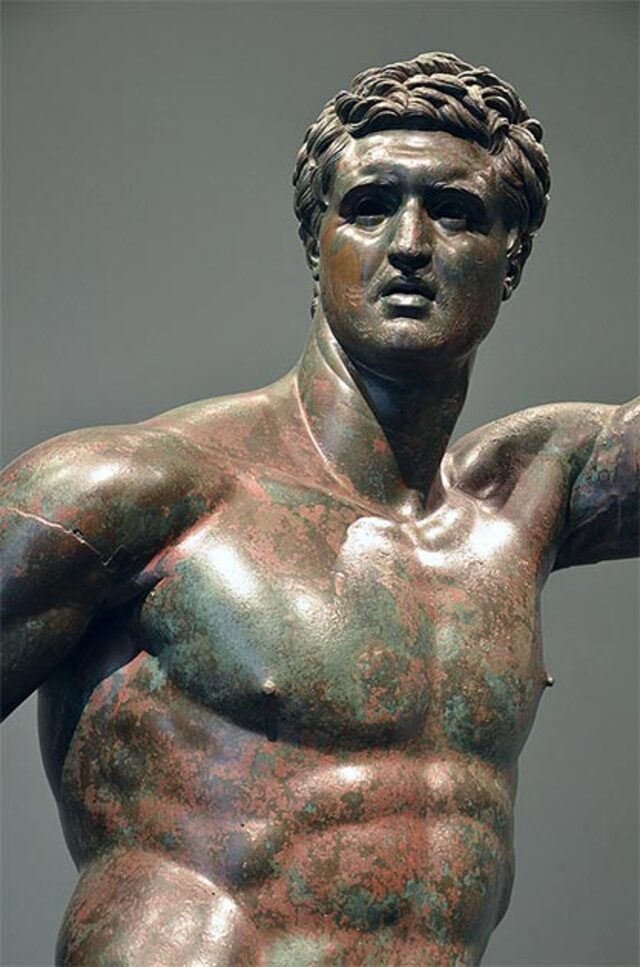
Together, these sculptures underscore the Hellenistic era’s embrace of dynamic forms, emotional depth, and realism—traits that distinguish this period from earlier art. The Boxer at Rest, with its raw portrayal of athletic endurance, exemplifies the artistic innovations of the Hellenistic period, offering a vivid look into the ancient world’s athletic culture.
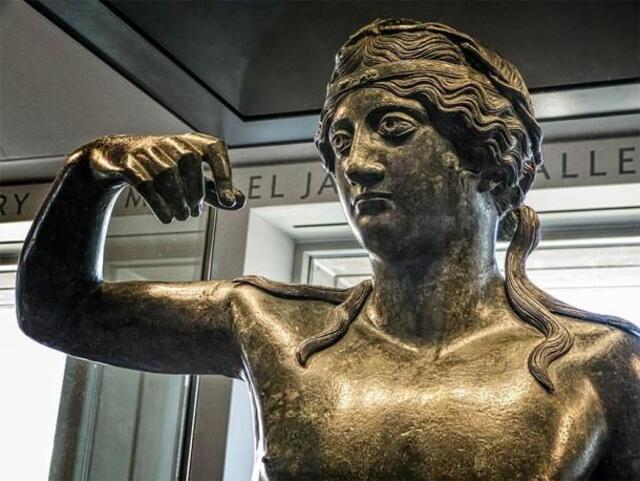
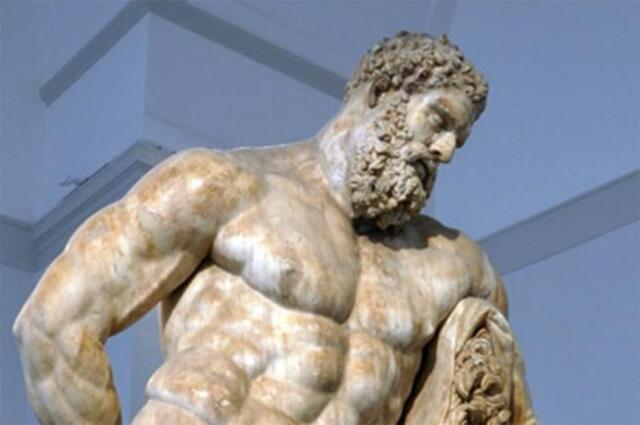
The Boxer at Rest: Detailed Analysis
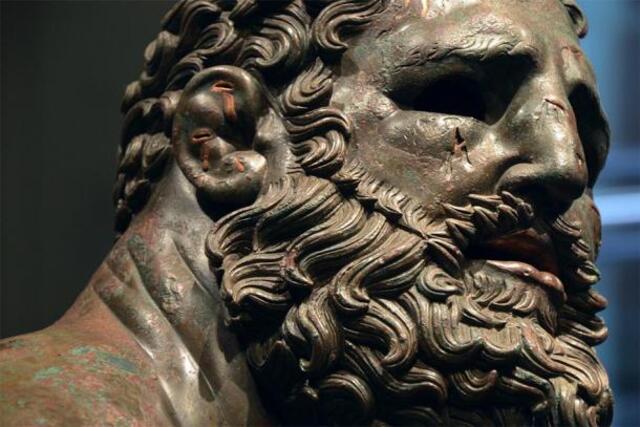
The Boxer at Rest is a sculpture that captures both the physicality and emotional intensity of its subject. The boxer is shown seated, his head slightly tilted to the right, with his mouth open as if he is panting or recovering from exertion. His muscular body is covered only by leather boxing gloves, which are historically accurate for the period. His face bears the marks of numerous battles: a broken nose, cauliflower ears, and swollen lips, indicative of a boxer who has spent years in the ring.
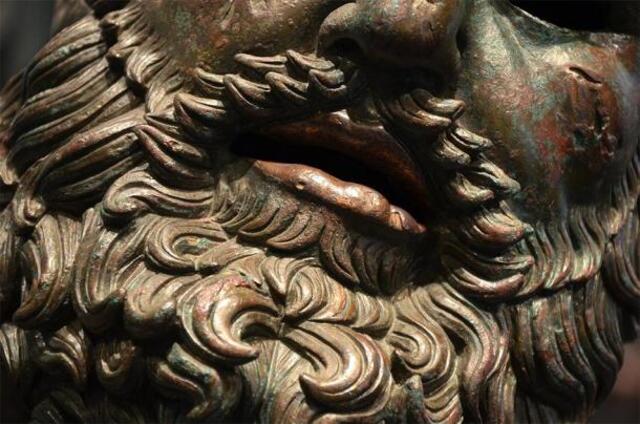
The boxer’s posture suggests both exhaustion and readiness. Though he appears to be resting, his tense muscles indicate that he is still prepared to spring into action at any moment. This dynamic tension, captured so vividly by the artist, is one of the reasons why the Boxer at Rest remains such a compelling and powerful work of art.
The attention to detail in the sculpture is remarkable. The artist did not shy away from depicting the ugly realities of a boxer’s life—his battered face, the blood dripping from his wounds, and his calloused hands—all serve to emphasize the grueling nature of the sport. These details not only make the sculpture an extraordinary work of art but also offer insight into the daily lives of ancient athletes.
Questions and Speculations Surrounding the Sculpture
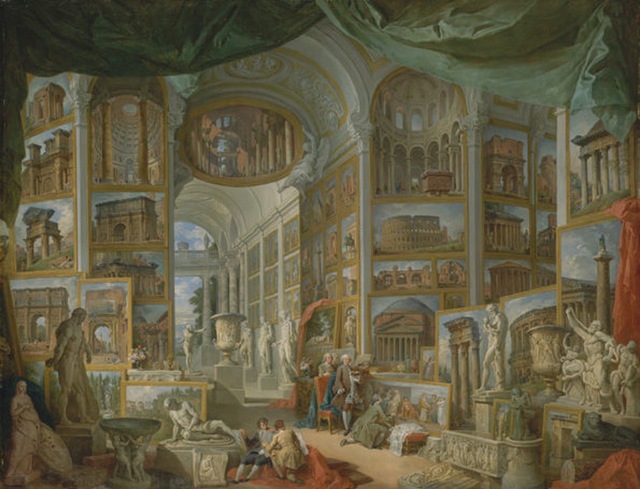
Despite its beauty and significance, many questions remain about the Boxer at Rest. One of the biggest mysteries is the identity of the sculptor and the exact date of its creation. Scholars have debated whether the statue dates back to the early or late Hellenistic period, with estimates ranging from 330 to 50 BC. The anonymity of the artist only adds to the intrigue, leaving us to wonder about the person behind this masterpiece.
Another question surrounds the identity of the boxer depicted. While the sculpture is generally believed to represent a generic boxer, some scholars have suggested that it may be a portrait of a specific individual. Others have proposed that the boxer may be a representation of the Greek hero Heracles, who was often depicted in a similar pose in ancient art. The fact that the figure does not appear to be a portrait of a real person, but rather a symbolic representation of a fighter, opens up further avenues for interpretation.
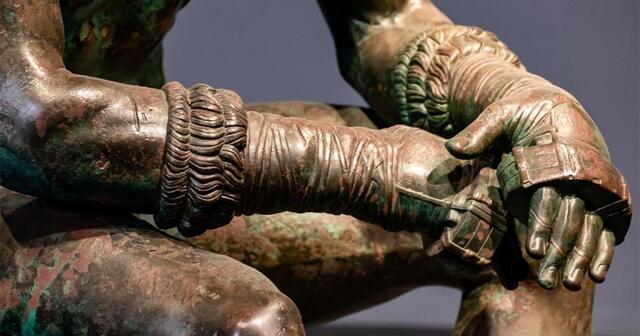
The Techniques Behind the Masterpiece
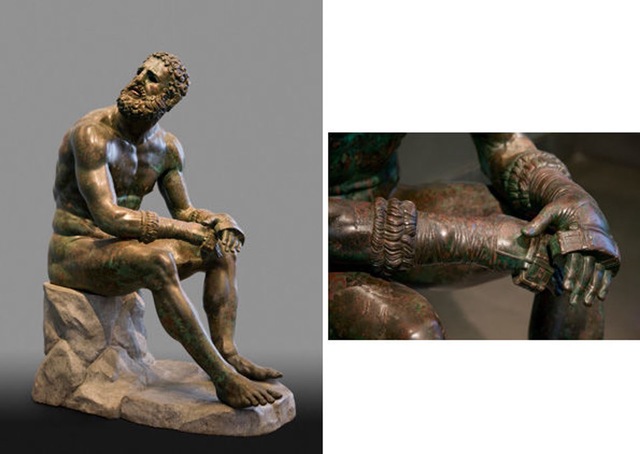
The Boxer at Rest was created using the lost-wax casting method, a technique that allowed for intricate details and the ability to create multiple copies of the same statue. The use of bronze as the primary material allowed the artist to capture fine details such as the texture of the skin and the subtle play of light and shadow on the body. The copper inlays used to depict blood and wounds further enhanced the realism of the piece, creating a striking visual contrast that drew attention to the boxer’s battle-worn body.
The sculpture was not cast as a single piece but rather in several sections, which were then welded together. This technique allowed for greater flexibility and precision, ensuring that each part of the sculpture could be carefully crafted before being assembled. The extensive cold working applied to the statue, particularly around the hair, suggests that the artist spent considerable time refining the details of the figure.
Boxing in the Ancient World
Boxing was an ancient and revered sport, practiced long before the Hellenistic period. The sport was an important part of Greek athletic culture and was first introduced to the Olympic Games in 688 BC. Boxers trained rigorously for competitions, and victories were highly celebrated. The Boxer at Rest likely represents a moment of reflection after a victorious match, a symbol of the perseverance and resilience required to succeed in the sport.
In ancient Greece, athletes who excelled in competitions were often honored with statues like the Boxer at Rest, commemorating their achievements and immortalizing their athletic prowess. The statue serves as a reminder of the esteem in which athletes were held and the cultural importance of physical excellence in the ancient world.
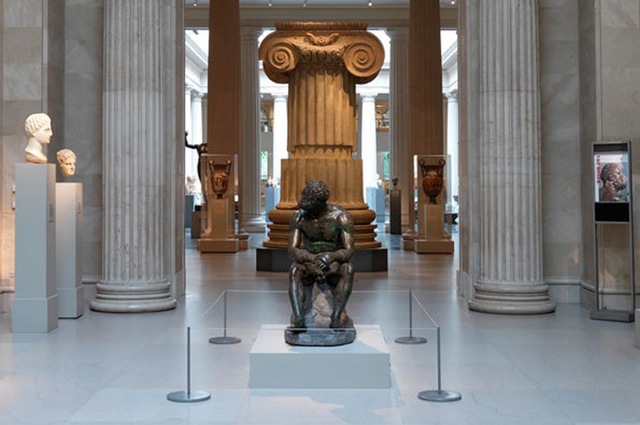
Video
Check out this video to see 50 historical figures reimagined as modern people living today, offering a creative and fresh perspective on iconic individuals from the past.
Conclusion
The Boxer at Rest is more than just a remarkable work of art—it is a window into the world of ancient Greece and Rome, capturing the physical and emotional toll of an athlete’s life. Through its lifelike depiction of a boxer recovering from battle, the sculpture speaks to the human condition, transcending time and place. Despite the many questions surrounding its origin and identity, the Boxer at Rest remains one of the most powerful and evocative sculptures from the Hellenistic period. It is a testament to the artistry, skill, and emotional depth that defined this era and continues to captivate audiences today.
As we continue to explore the mysteries of the ancient world, the Boxer at Rest stands as a poignant reminder of the enduring power of art to tell the stories of our past, inspire reflection, and provoke wonder.


